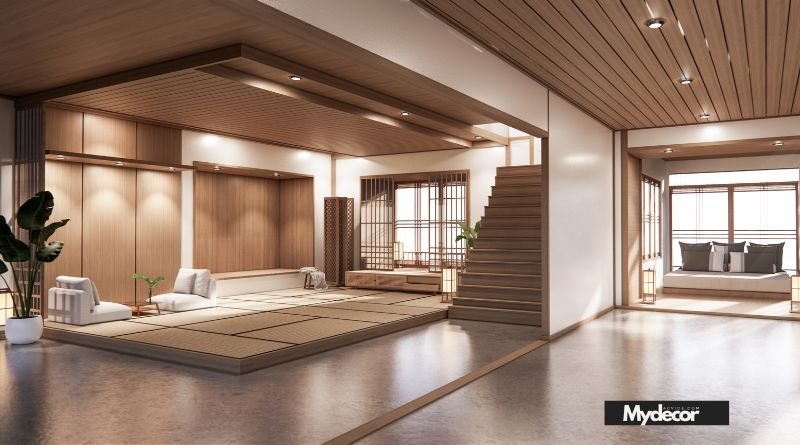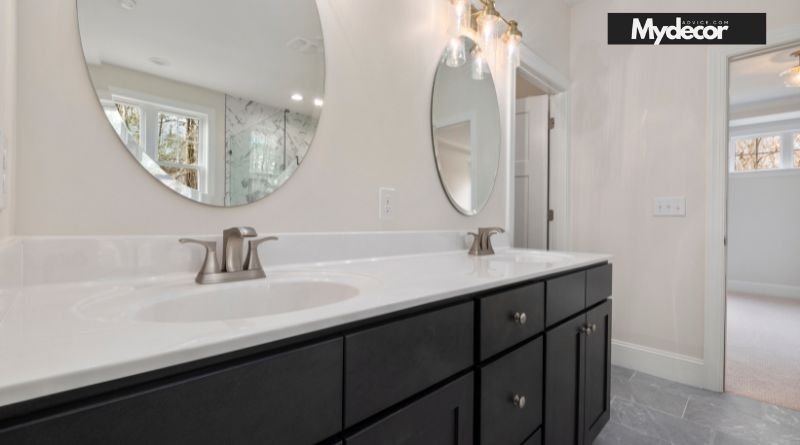Interior design is not just about arranging furniture or picking out colors for walls. It’s about creating a space that reflects your style, enhances functionality, and provides comfort. Whether you’re moving into a new home or looking to refresh your current space, making thoughtful design choices can completely transform your living environment. From color palettes to furniture selection, every detail matters in making your space truly unique. In this article, we will provide practical interior design tips to help you create a space that is not only beautiful but also perfectly suited to your needs.
1. Understand Your Space and Needs
Before diving into the world of colors, fabrics, and furniture, it’s essential to understand the space you are working with. Consider the dimensions, layout, and natural light available in the room. Does the room feel cramped or spacious? Is it filled with natural light, or do you need additional lighting? Knowing the strengths and limitations of your space will help guide your design decisions.
In addition, assess how you use the space. Is it a living room where your family gathers for movie nights? Or is it a bedroom where relaxation and rest are the priorities? Tailoring your design approach to the room’s function will ensure that it serves both its aesthetic and practical purposes. A home office, for instance, may need to be both cozy and functional, with ample storage and lighting to foster productivity.
2. Start With a Neutral Base
When in doubt, start with neutral colors for the walls, flooring, and large furniture pieces. Neutrals like white, beige, gray, or soft pastels create a clean and timeless backdrop. These colors provide versatility and can easily be paired with a variety of accent colors and textures, making them ideal for any design style.
Neutral tones also have the benefit of making a room feel larger and brighter, particularly in spaces with limited natural light. If you’re unsure about committing to a full neutral palette, consider incorporating pops of color through accessories like throw pillows, rugs, or artwork. This approach allows you to experiment with bold colors without overwhelming the room.
3. Incorporate Statement Furniture Pieces
One of the easiest ways to infuse personality into your space is through statement furniture pieces. Instead of filling the room with generic furniture, opt for a standout sofa, an eye-catching coffee table, or a unique accent chair. These pieces can become the focal points of the room, setting the tone for the entire design.

When selecting statement furniture, consider both style and functionality. A luxurious velvet sofa may look stunning, but if you have children or pets, a more durable fabric might be a better choice. Additionally, the scale of the furniture should be proportionate to the room’s size. A massive sectional might be perfect for a spacious living room, but it could overwhelm a smaller area. Don’t forget to keep comfort in mind; after all, furniture should be lived in!
4. Layer Lighting for Ambience
Lighting plays a crucial role in the overall feel of a room. Poor lighting can make a space feel dull or unwelcoming, while well-placed lighting creates mood and enhances the room’s functionality. The key to great lighting is to layer different types of light sources, including ambient, task, and accent lighting.
Ambient lighting provides overall illumination and is typically provided by ceiling lights or recessed lighting. Task lighting, such as desk lamps or pendant lights over a kitchen island, ensures that you have enough light for specific activities like reading or cooking. Accent lighting, on the other hand, is used to highlight particular features in the room, like artwork or architectural details. Use dimmers to adjust the intensity of your lighting and create the perfect atmosphere for any time of day or occasion.
5. Play With Colors and Textures
Colors and textures have the power to transform a room, adding depth and interest to even the simplest of spaces. While neutral tones work well as a base, don’t be afraid to incorporate bolder colors through accent walls, upholstery, or accessories. For example, deep blues, rich greens, or warm mustard yellows can create a striking contrast against lighter neutrals.
Textures also play a significant role in creating a tactile experience in a room. Consider mixing and matching different textures to add visual interest and warmth. A leather chair, a soft wool rug, a velvet throw, and linen curtains can coexist beautifully, providing both a sense of comfort and sophistication. Layering textures helps create a more inviting and cozy atmosphere, especially in rooms where you spend a lot of time, such as the living room or bedroom.
6. Personalize With Artwork and Accessories
Art is an excellent way to infuse your personality into a space. Whether you prefer abstract paintings, vintage posters, or framed family photos, artwork can make a big impact on your room’s aesthetic. Don’t just hang art for the sake of filling empty walls; choose pieces that resonate with you and complement the overall vibe of the room.
In addition to artwork, accessories like throw blankets, decorative pillows, vases, and plants can help personalize your space and bring it to life. Accessories provide the opportunity to experiment with trends, colors, and textures in a non-permanent way. If you ever get tired of a particular look, swapping out a few accessories is a cost-effective way to refresh the room without a complete redesign.
7. Create a Functional Layout
A beautiful space is only truly effective if it serves your everyday needs. One of the most important elements of interior design is the layout. A well-planned layout ensures that furniture and decor work together to maximize the room’s functionality and flow.
Start by determining the room’s focal point. In a living room, this could be a fireplace or a large window with a beautiful view. Once you know your focal point, arrange the furniture around it in a way that encourages conversation and easy movement. Make sure there is enough space for people to navigate through the room comfortably without obstruction.
In smaller rooms, consider multifunctional furniture like storage ottomans, wall-mounted shelves, or fold-out desks to make the most of the available space. A well-organized room with an efficient layout feels less cluttered and more relaxing.
8. Incorporate Natural Elements
Nature has a calming effect, which is why incorporating natural elements into your interior design can help create a soothing environment. Bring the outdoors in with plants, flowers, and natural materials like wood, stone, and rattan. Indoor plants are not only great for improving air quality, but they also add a touch of greenery and life to any room.
Wooden furniture or stone accents can provide texture and warmth, grounding the space with an earthy feel. Natural elements work well in various design styles, from boho to minimalist, and can be incorporated in everything from flooring to decorative objects.

9. Invest in Quality Lighting Fixtures
Lighting fixtures are not just functional; they are also an opportunity to add style and sophistication to your space. Pendant lights, chandeliers, and modern floor lamps can serve as statement pieces that elevate the room’s overall design. Choose fixtures that complement the rest of your décor and bring a sense of unity to the room.
In the dining room, for example, a statement chandelier can set the mood for intimate dinners, while a sleek desk lamp in the home office provides both task lighting and a modern touch. When selecting lighting fixtures, consider the scale of the space, ensuring that the light doesn’t overwhelm the room or appear too small for the area it’s meant to illuminate.
10. Keep It Clutter-Free
Clutter is the enemy of a well-designed space. It can make a room feel chaotic and overwhelming, no matter how stylish the furniture and décor are. To maintain a clean and organized space, regularly declutter and invest in clever storage solutions. Hidden storage, like baskets or ottomans with built-in compartments, can help keep your room neat while also adding to the design.
If you’re working with a smaller space, opt for furniture pieces that double as storage, such as a bed with drawers or a coffee table with hidden compartments. Keeping your space organized will allow the design elements to shine and create a peaceful, inviting atmosphere.
Conclusion
Transforming your space through interior design is an exciting and creative process. By understanding your space, choosing a neutral base, and layering colors, textures, and lighting, you can create a room that is both beautiful and functional. Personalizing the space with artwork, accessories, and natural elements adds a personal touch, while a well-planned layout ensures the space works for you and your family.
Remember, interior design is not a one-size-fits-all approach. It’s about making choices that suit your style, needs, and lifestyle. Whether you’re going for a minimalist look, a cozy, eclectic vibe, or a sophisticated, modern space, these interior design tips can help you transform any room into a space that you love to live in.
By paying attention to the details and creating a harmonious design, you can make your home a true reflection of yourself. Ready to transform your space with us? Start with these interior design tips and watch your home become a sanctuary of style and comfort!








